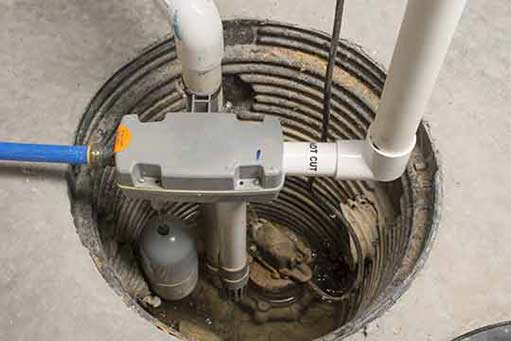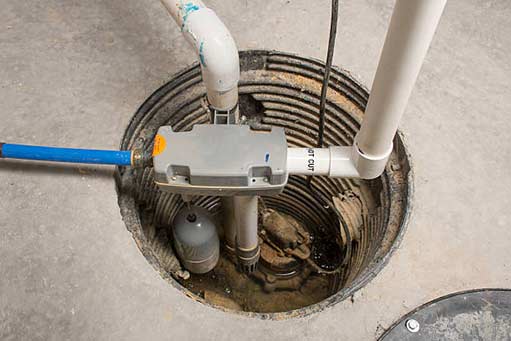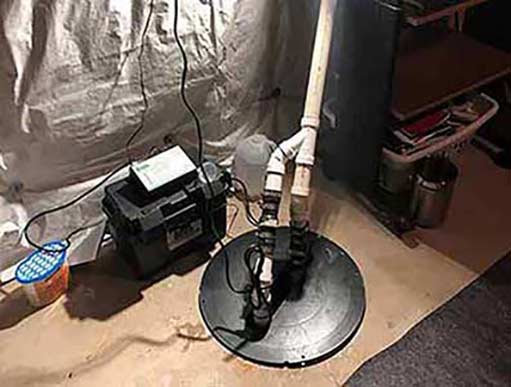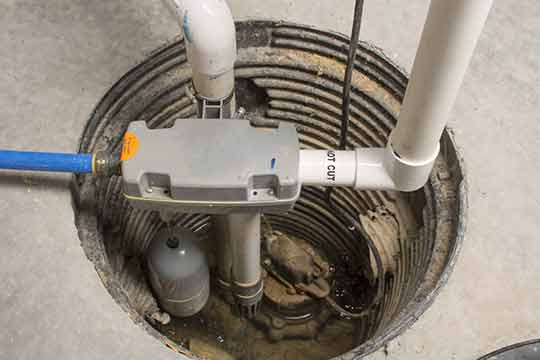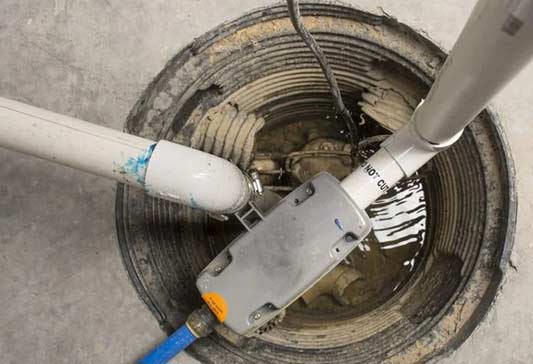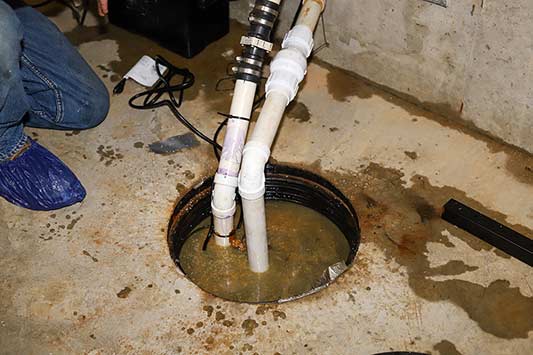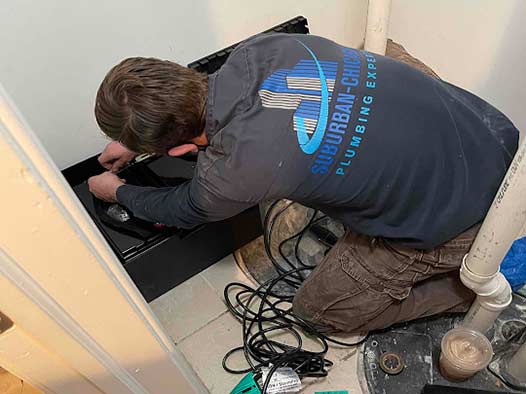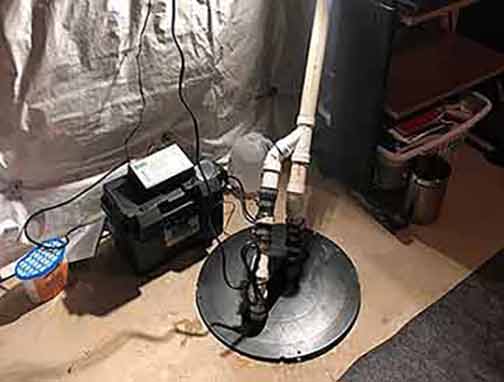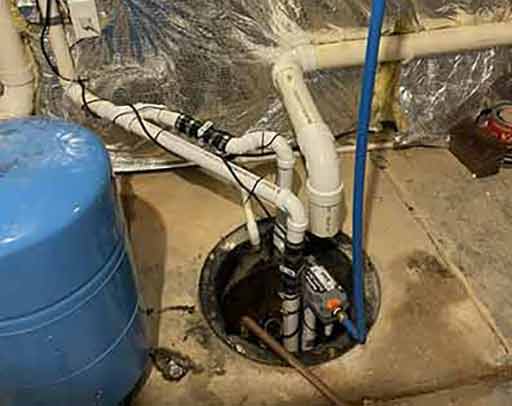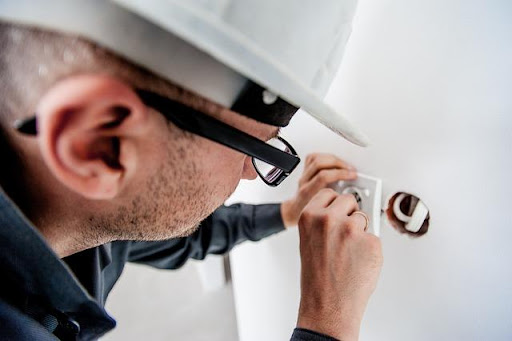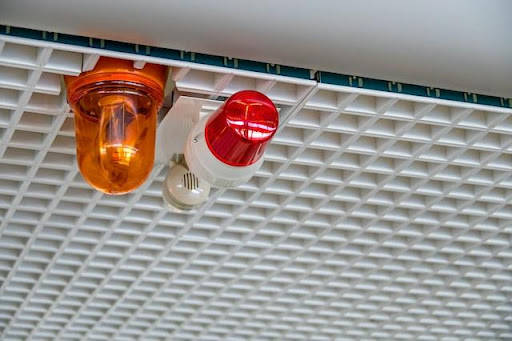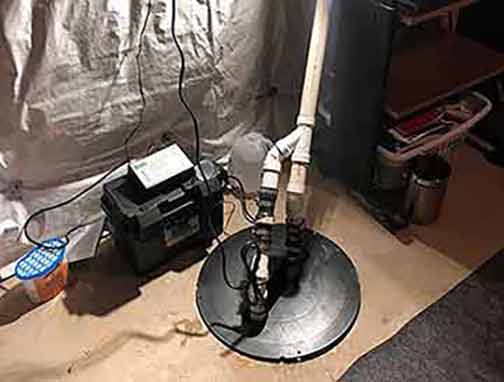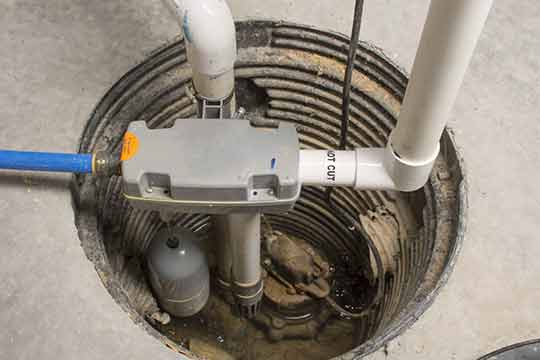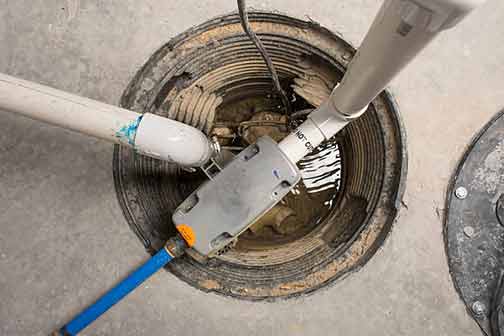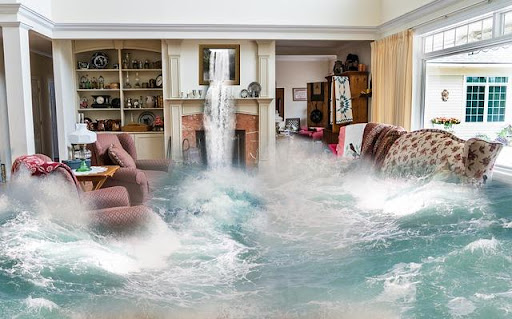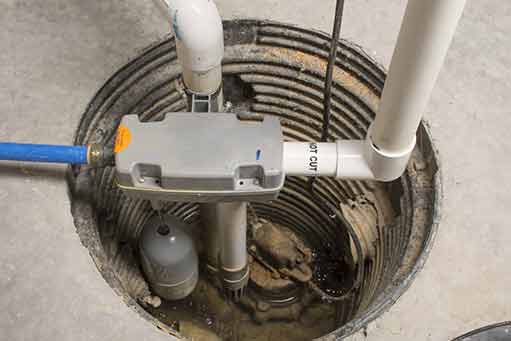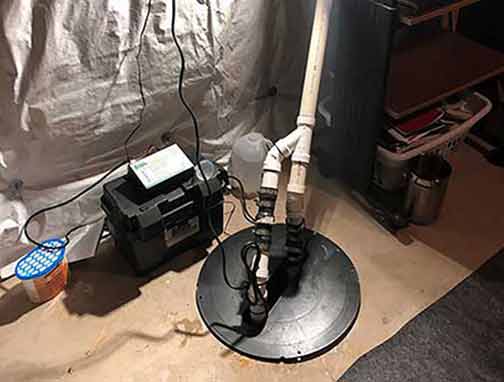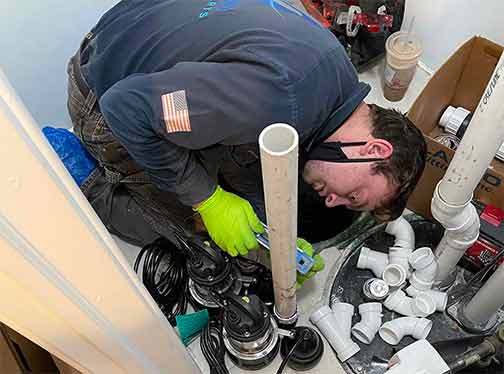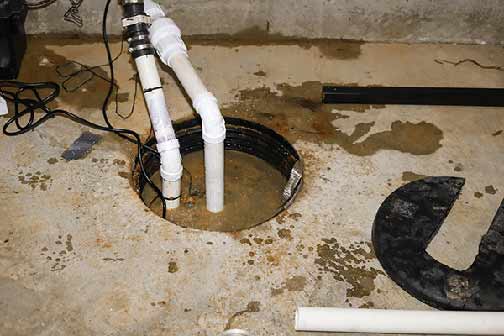The Importance of Sump Pump Maintenance
Welcome to our guide on understanding the signs that indicate sump pump repair in Wrigleyville, Chicago, IL. Sump pumps play a crucial role in protecting your home or business from flooding and water damage. Being aware of the signs that your sump pump may need repair or maintenance is essential to ensure its functionality during heavy rains or potential water leaks.
Why Sump Pump Repair is Necessary
A sump pump is designed to remove water that accumulates in a sump pit or basin, typically found in basements or crawl spaces. It prevents water from seeping into your property and causing costly damage. However, like any mechanical device, sump pumps are not immune to wear and tear. Regular maintenance and repair are necessary to keep your sump pump functioning optimally.
Signs that Indicate Sump Pump Repair
Knowing the signs that indicate your sump pump may need repair can save you from unexpected flooding and extensive water damage. Here are some common signs to be aware of:
1. Unusual Noises
If your sump pump starts making strange noises, such as grinding, rattling, or screeching sounds, it is a clear indication that something is amiss. These noises may be a result of worn-out components, a faulty motor, or debris obstructing the impeller. It is crucial to address these noises promptly to prevent complete failure of the sump pump.
2. Frequent Cycling
If you notice that your sump pump is frequently turning on and off, it could be a sign of a malfunctioning float switch or improper positioning. This constant cycling can put excessive strain on the pump motor and decrease its overall lifespan. A professional sump pump repair service can diagnose and resolve the issue to ensure efficient operation.
3. Inadequate Water Removal
If your sump pump is failing to remove water effectively or there is water pooling around the sump pit, it is indicative of a problem. This could be due to a clogged or damaged discharge pipe, a worn-out impeller, or a failing motor. It is important to have the issue inspected and repaired to prevent basement flooding.
4. Intermittent or No Operation
If your sump pump fails to turn on when water accumulates in the sump pit, or if it only operates sporadically, it is a cause for concern. This could be due to a malfunctioning float switch, a faulty electrical connection, or a failing motor. Prompt professional repair is necessary to ensure your sump pump functions reliably during heavy rains or sudden water leaks.
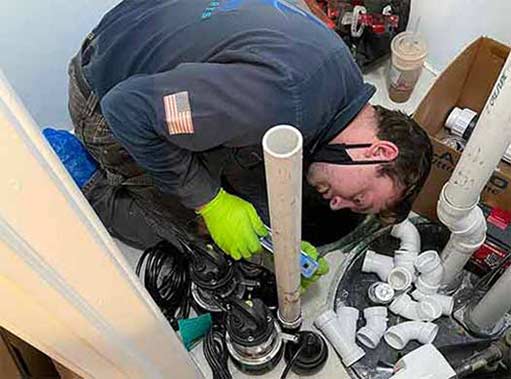
Professional plumbers in Wrigleyville use high-quality replacement parts and materials to ensure lasting repairs.
The Benefits of Professional Sump Pump Repair in Wrigleyville, Chicago, IL
When it comes to sump pump repair, it is crucial to entrust the job to experienced professionals. Here are some benefits of hiring a professional sump pump repair service in Wrigleyville, Chicago, IL:
1. Expertise and Knowledge
Professional sump pump repair technicians have the necessary expertise and knowledge to accurately diagnose the underlying issues with your sump pump. They can identify any potential problems and provide efficient solutions to ensure its optimal performance.
2. Quality Repairs
Professional plumbers in Wrigleyville use high-quality replacement parts and materials to ensure lasting repairs. They have access to top-rated suppliers and can source the appropriate components needed for your specific sump pump model.
3. Time and Cost Savings
Hiring professionals for sump pump repair can save you valuable time and money in the long run. They have the necessary tools and equipment to complete the repairs efficiently and effectively. Attempting to repair the sump pump yourself can lead to further damage and costly repairs down the line.
4. Preventative Maintenance
Professional sump pump repair services not only address existing issues but also offer preventative maintenance. They can perform routine inspections and maintenance checks to ensure your sump pump is in excellent working condition and prevent potential problems before they escalate.
Understanding the signs that indicate sump pump repair is essential for homeowners and businesses in Wrigleyville, Chicago, IL. Regular maintenance and prompt repairs can prevent basement flooding and water damage, safeguarding your property and valuables. It is advisable to hire a professional Wrigleyville plumber for expert diagnosis, quality repairs, and preventative maintenance to ensure the optimal functioning of your sump pump.
In need of sump pump repair service in the Wrigleyville area? Contact us below!
